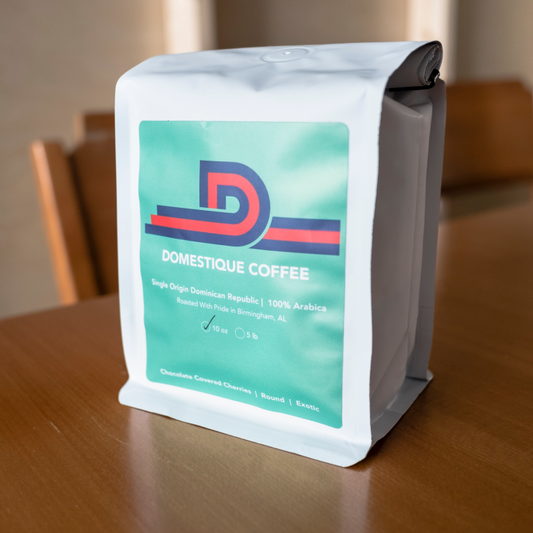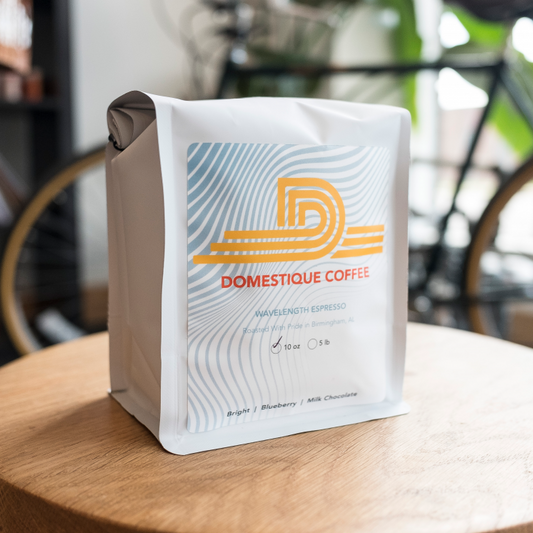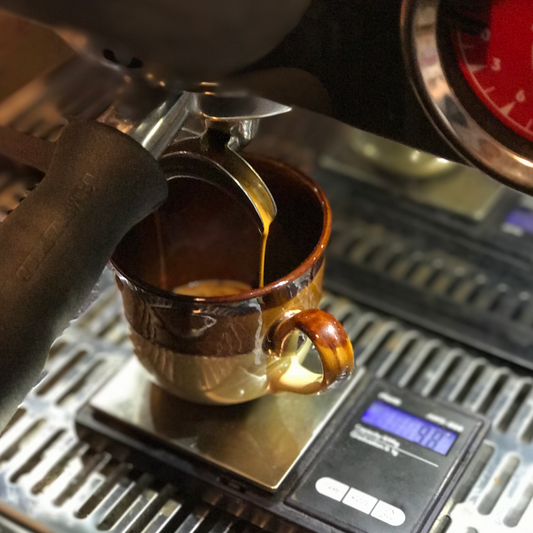Collection: Aeropress
No products found
Use fewer filters or remove all
Best Sellers
Our online store helps us make good on our promise, "easy access to quality coffee". Browse perfectly roasted single origins and specialty blends, and we'll ship them right to your door.
-
Guatemala - Single Origin
Regular price From $7.99 USDRegular priceUnit price / per$7.99 USDSale price From $7.99 USD -
Dominican Republic - Single Origin
Regular price From $7.99 USDRegular priceUnit price / per$7.99 USDSale price From $7.99 USD -
Wavelength - Specialty Blend - Online
Regular price From $7.99 USDRegular priceUnit price / per$7.99 USDSale price From $7.99 USD -
Peru - Single Origin
Regular price From $7.99 USDRegular priceUnit price / per$7.99 USDSale price From $7.99 USD







